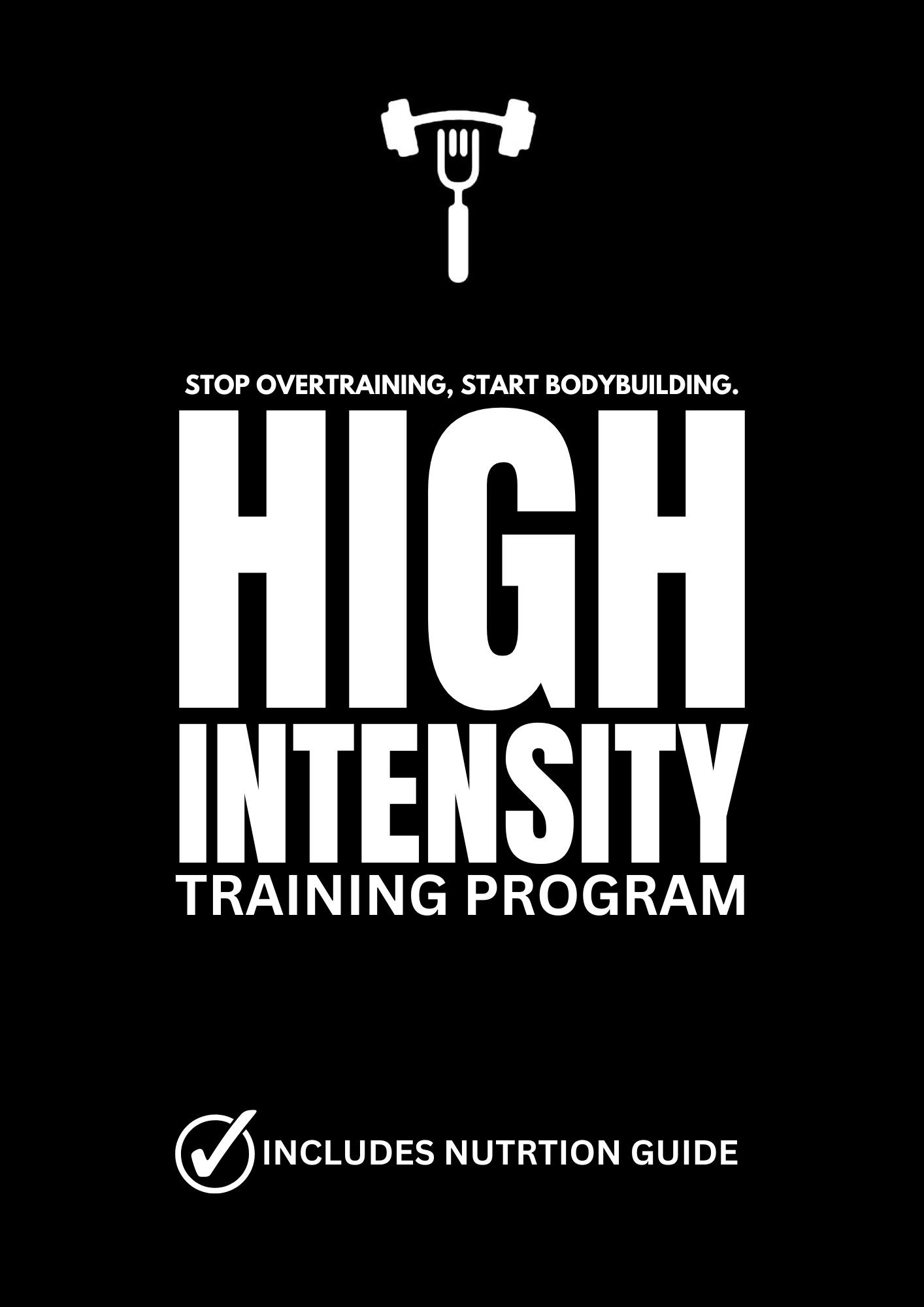Unlocking the Power of Muscle Density: A Comprehensive Guide

Muscle density is not just about the size of muscles; it's about their compactness, their solidity, and their definition. Achieving a physique characterized by dense, well-defined muscles is a goal shared by many fitness enthusiasts. However, reaching this pinnacle of muscularity requires more than just lifting weights and following any old workout routine. One of the key factors in attaining muscle density is workout intensity. In this article, we delve into the concept of workout intensity, explore Mike Mentzer's intensity principles, examine the correlation between intensity and density, and propose a muscle density training program.
Mike Mentzer's Intensity Principles
Mike Mentzer, a revered figure in bodybuilding, introduced a revolutionary approach to training that emphasized intensity over volume. He advocated for high-intensity, low-volume workouts that pushed muscles to their limits in a shorter period. This approach, known as Heavy-duty training, focused on achieving maximum intensity during each set to stimulate muscle growth effectively. Mentzer's philosophy emphasized training to failure using heavy loads, followed by adequate rest and recovery to facilitate muscle repair and growth.
Intensity for Density: The Connection
The connection between workout intensity and muscle density lies in the physiological adaptations that occur in response to high-intensity training. Intense workouts trigger the recruitment of a greater number of muscle fibers, including fast-twitch fibers crucial for strength and size gains. Additionally, high-intensity training subjects muscles to significant mechanical stress, leading to microtrauma in muscle fibers. Properly managed, this damage results in muscle repair and growth, contributing to increased muscle density over time.
Intensity Over Volume
The debate between workout intensity and volume continues to be a topic of discussion among fitness enthusiasts. Mentzer's approach prioritized intensity over volume, suggesting that focusing on maximum effort in fewer sets can yield significant improvements in muscle density within a shorter timeframe. By pushing muscles to their limits with heavy loads and training to failure, individuals can achieve maximal stimulus for muscle growth without the need for excessive volume.
Progressive Overload
A fundamental principle in strength training, progressive overload involves gradually increasing the resistance placed on muscles over time. This principle aligns with Mentzer's approach to high-intensity training, as consistently challenging muscles with heavier loads promotes ongoing muscle adaptation and growth. By progressively overloading muscles, individuals can continue to enhance muscle density and overall muscularity.
Muscle Density Training Program
Here's a sample muscle density training program designed to incorporate the principles of high-intensity training:
Exercise Selection: Choose compound exercises that target multiple muscle groups, such as squats, deadlifts, bench press, shoulder press, and rows. Follow each compound exercise with an isolation exercise targeting specific muscle groups, such as leg extensions, pec deck, or lateral raises.
Training Frequency: Perform the muscle density training program no more than three times per week, allowing for at least one day of rest between sessions to facilitate recovery.
Sets and Reps: Perform one set for each exercise, aiming for a rep range of 6-10 for compound exercises and 8-12 for isolation exercises. Focus on achieving failure within these rep ranges, ensuring maximum intensity during each set. Incorporate rest periods of 1-2 minutes between sets to facilitate recovery.
Conclusion
Achieving muscle density requires a strategic approach to training that prioritizes intensity, progressive overload, and adequate rest and recovery. Mike Mentzer's principles of high-intensity training offer an effective framework for maximizing muscle density gains while minimizing training volume. By incorporating these principles into a well-rounded training program, individuals can sculpt a powerful, well-defined physique characterized by dense, solid muscles. Remember, consistency and dedication are key to realizing your muscle density goals.

